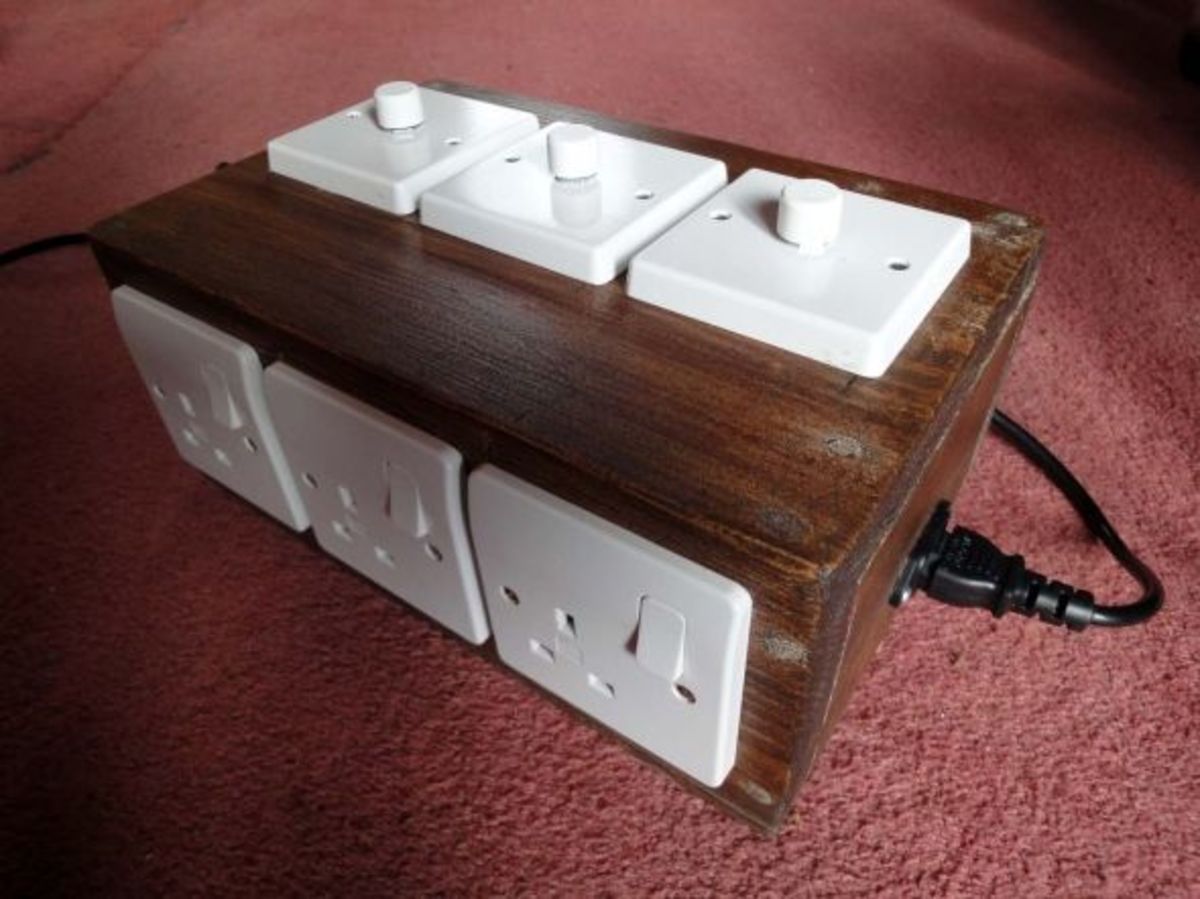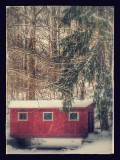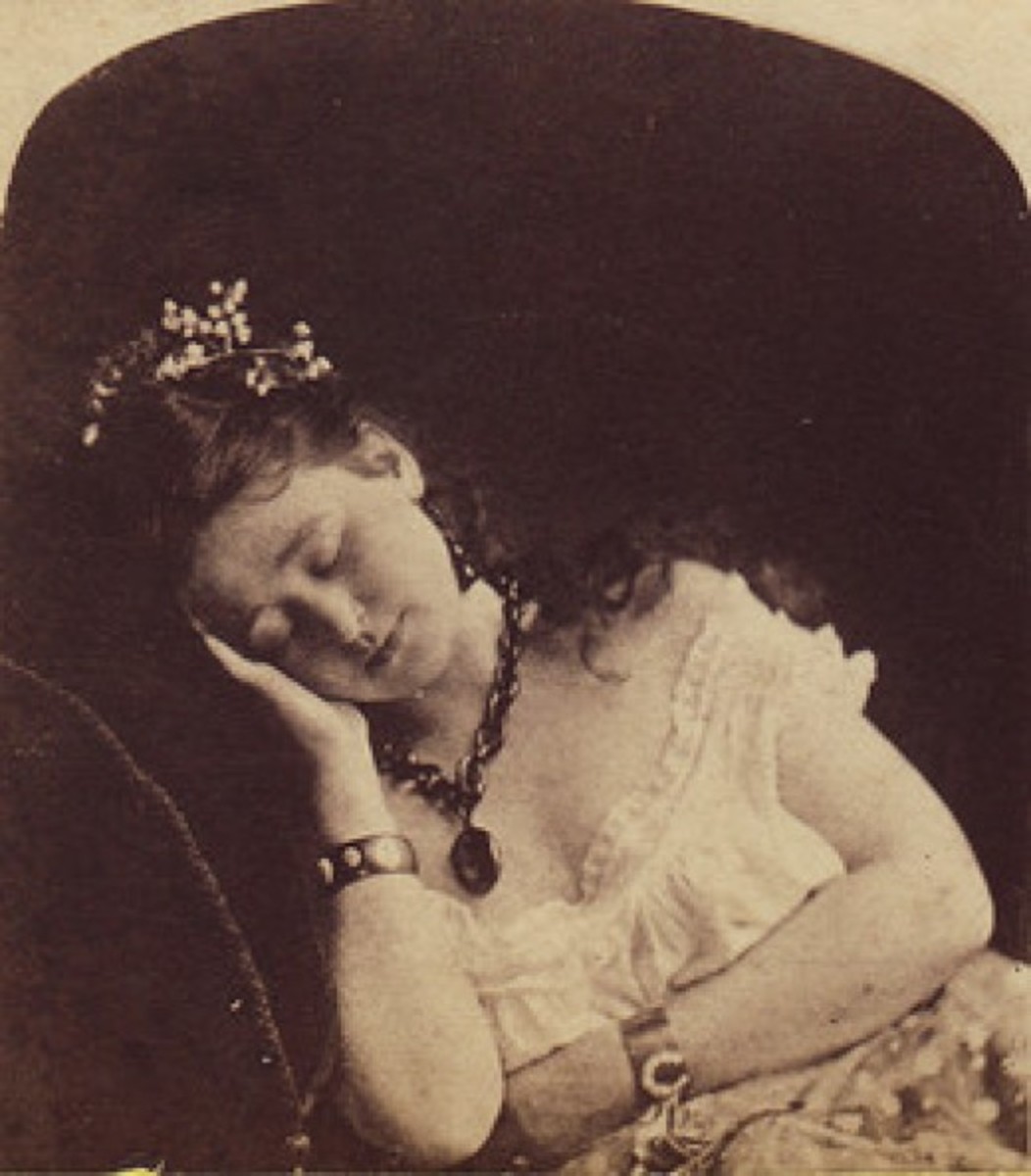Photography Trick to See How Light Works in a Scene
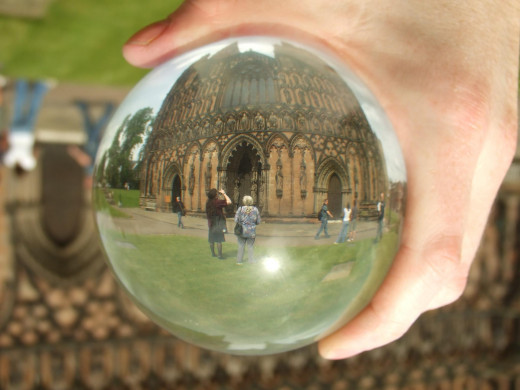
The way the light is reflected by any object is visible in one of three ways. Direct reflection, diffused reflection and polarized reflection.
In many surfaces like something white by it a solid wall, cloth or paper, it is difficult to notice where the light falls or where it is coming from because the white color spreads the light evenly. This is diffused reflection.
Polarized reflection is "seen" in some objects and is dependent on their color. You will see some light wavelengths but not others. This is called polarized reflection.
When looking at a subject if you can tell where the light falls and where it is emanating from then you are looking at a direct reflection.
Knowing these types of reflections is always helpful. For this project you need to be concerned with only direct reflection and this is what you will see on the glass ball.
For all you scientific types, there are really two types of reflections;
"Reflection of light is either specular (mirror-like) or diffuse (retaining the energy, but losing the image) depending on the nature of the interface." Wikipedia.
However in photography there are "more". Thrust me on this one!
Photographers do everything possible to create proper light conditions for their work.
Learning how this simple trick lets you "see" how the light works the scene which can make your work that much easier and the good think is that it is virtually free.
This is especially true when doing studio work and for portraits in ensuring that the light or the scene is properly illuminated which is paramount in photography.
Otherwise you might end up with unforeseen dark spots, "too bright" spots or the appearance of unsightly shadows.
Unfortunately many a times you cannot see how the lighting set up works until after you look at the actual results i.e the picture.
You do need to know the way that light and reflections work and compose the shot accordingly.
The trick is rather simple and all it takes is a simple glass ball, and by the way Christmas ball ornaments work great but they should preferably be black in color.
Although Christmas balls are excellent for this they can be very fragile, but some care when handling them is all that's needed.
The set up goes like this; once the scene is set up take a crystal ball and place it midway way between the glass element of the lens and the main point of focus, however it works best if the ball is very close to the subject like the face of a model.
Hand-holding is OK just keep your fingers at the bottom of the ball. Then snap a picture and judge the results.
Balls by their very shape will reflect almost a 360 degree angle to perfection and will capture any light around it it ends up making it possible for you to see where the light falls and where it doesn't as well as any shadows that it creates.
This allows you to modify the light set up should what you see reflected on the ball does not fit your creative scheme.
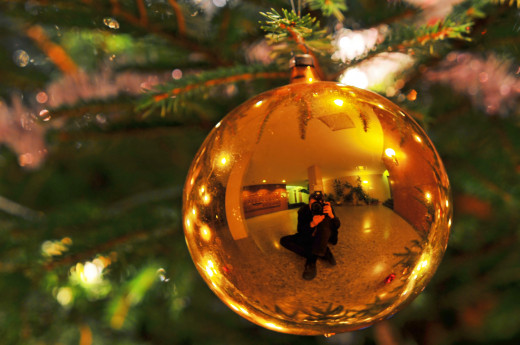
What do you think of this tip?
Above all this tip will help you better judge how the light falls without any fancy equipment and can end up saving you time and effort.
Once you see how the lights appears in the ball you can pretty much imagine it falling on the subject and adjust the lighting set up to fit your needs.
This does not work that well if the set up is one meant for a dark scene like a lightly lit model against a totally black backdrop but it works with most other scenes and again, it works better in a studio set up than outdoors but with some practice it can be applied or rather utilized with any scene.
Keep in mind that any reflection on a crystal ball will be seen in an 180 degree rotation (upside down).
- Quick Tip: 4 Steps to Remarkable Reflection Photography - Tuts+ Photography Article
Photographing reflections can be extremely rewarding and produce stunning results, but sometimes achieving those dramatic shots can be harder than first thought. Today I'll be highlighting a few quick tips for dealing with reflections, and helping yo
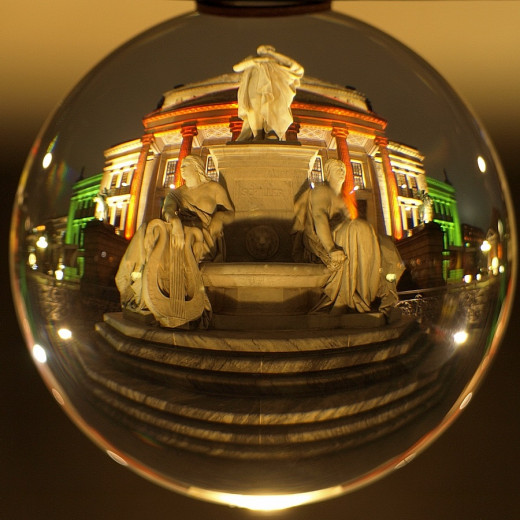
© 2014 Luis E Gonzalez



